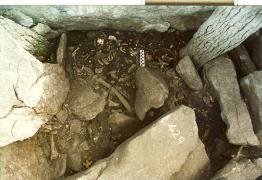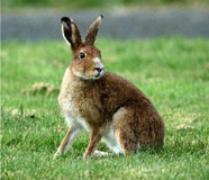-
Courses

Courses
Choosing a course is one of the most important decisions you'll ever make! View our courses and see what our students and lecturers have to say about the courses you are interested in at the links below.
-
University Life

University Life
Each year more than 4,000 choose University of Galway as their University of choice. Find out what life at University of Galway is all about here.
-
About University of Galway

About University of Galway
Since 1845, University of Galway has been sharing the highest quality teaching and research with Ireland and the world. Find out what makes our University so special – from our distinguished history to the latest news and campus developments.
-
Colleges & Schools

Colleges & Schools
University of Galway has earned international recognition as a research-led university with a commitment to top quality teaching across a range of key areas of expertise.
-
Research & Innovation

Research & Innovation
University of Galway’s vibrant research community take on some of the most pressing challenges of our times.
-
Business & Industry

Guiding Breakthrough Research at University of Galway
We explore and facilitate commercial opportunities for the research community at University of Galway, as well as facilitating industry partnership.
-
Alumni & Friends

Alumni & Friends
There are 128,000 University of Galway alumni worldwide. Stay connected to your alumni community! Join our social networks and update your details online.
-
Community Engagement

Community Engagement
At University of Galway, we believe that the best learning takes place when you apply what you learn in a real world context. That's why many of our courses include work placements or community projects.
Structured deposition of Neolithic hare bones
in the Parknabinna court tomb.
The faunal assemblage from the Parknabinnia court tomb was dominated by hares but hare ecology suggests that they would not willingly enter the tomb, and evidence for them being deposited by carnivores is slight. The tomb contains two chambers, and while some of the skeletal elements were dispersed evenly, others were not. This suggests deliberate human deposition of partly dismembered and whole hares in the tomb, with different practices being undertaken in the two chambers.
Two hare bones were dated, one from each chamber, in order to determine the date of these and to determine whether or not they are contemporary with each other and/or with the period of construction and use of the tomb. Both bones are firmly Neolithic in date, supporting the hypothesis that they were deliberately deposited in the tomb as part of ritual activity.
Work is currently progressing to determine the implications of these results for the interpretation of the use of the tomb.
Researchers:
Carleton Jones (NUI Galway)
Fiona Beglane (Sligo IT)
Funding:
Royal Irish Academy/Queen’s University Belfast radiocarbon grant scheme.
 |
 |
|
Hare bones were found mixed in with |
An Irish hare. |



















